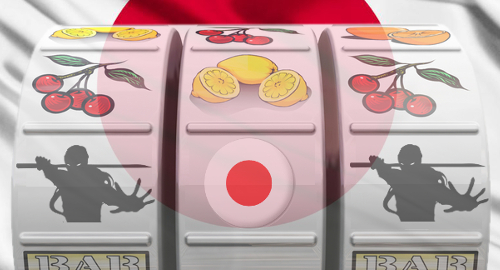 Japan’s as-yet unbuilt casinos could place far greater emphasis on slot machines than casinos in other Asia-Pacific markets, according to a new market forecast.
Japan’s as-yet unbuilt casinos could place far greater emphasis on slot machines than casinos in other Asia-Pacific markets, according to a new market forecast.
The new white paper from Global Market Advisors (GMA) suggests that the eager international casino operators salivating over the chance to operate a Japanese integrated resort would do well to disregard many of the lessons learned from their casinos in Macau, Singapore, South Korea and Saipan.
The GMA study’s authors suggest that, while baccarat and other table games that are all the rage in other markets will undoubtedly be popular in Japan, “slot machines will have a far more prominent place” in Japan’s “machine-centric gaming culture.”
The authors base this view on the established appeal of pachinko and pachi-slot venues in Japan, and the belief that the number of Japanese electronic gaming machine manufacturers – Aruze, Konami, Sega Sammy, etc. – will produce a variety of compelling slots based on themes they know will appeal to Japanese gamblers.
The study projects that slots will initially take up 45% of Japan casino gaming floors, with another 5% allocated to electronic table games and traditional live tables occupying the rest. However, the authors believe slots will eventually expand their square-footage at the expense of table games.
Melco Resorts & Entertainment CEO Lawrence Ho recently suggested Japan’s casino market could be worth an annual $20b, but much will depend on how many casino licenses Japan plans to issue.
GMA offered a variety of annual revenue projections, ranging from $12.5b if two large integrated resort licenses are granted, rising to $24.2b if a combination of six large and small venues are approved. In the two-casino scenario, the domestic market is expected to account for 75% of gaming revenue versus 66% in the six-casino scenario.
Japan’s tourism market is thriving, growing at an annual average rate of 30% since 2012. The country welcomed 24m international visitors in 2016 and that figure could hit 60m by 2030.
China accounted for 27% of 2016’s international arrivals – and 39.4% of tourist spending – and the number of Chinese tourists has more than quadrupled since 2012. So best not ditch those baccarat tables just yet.